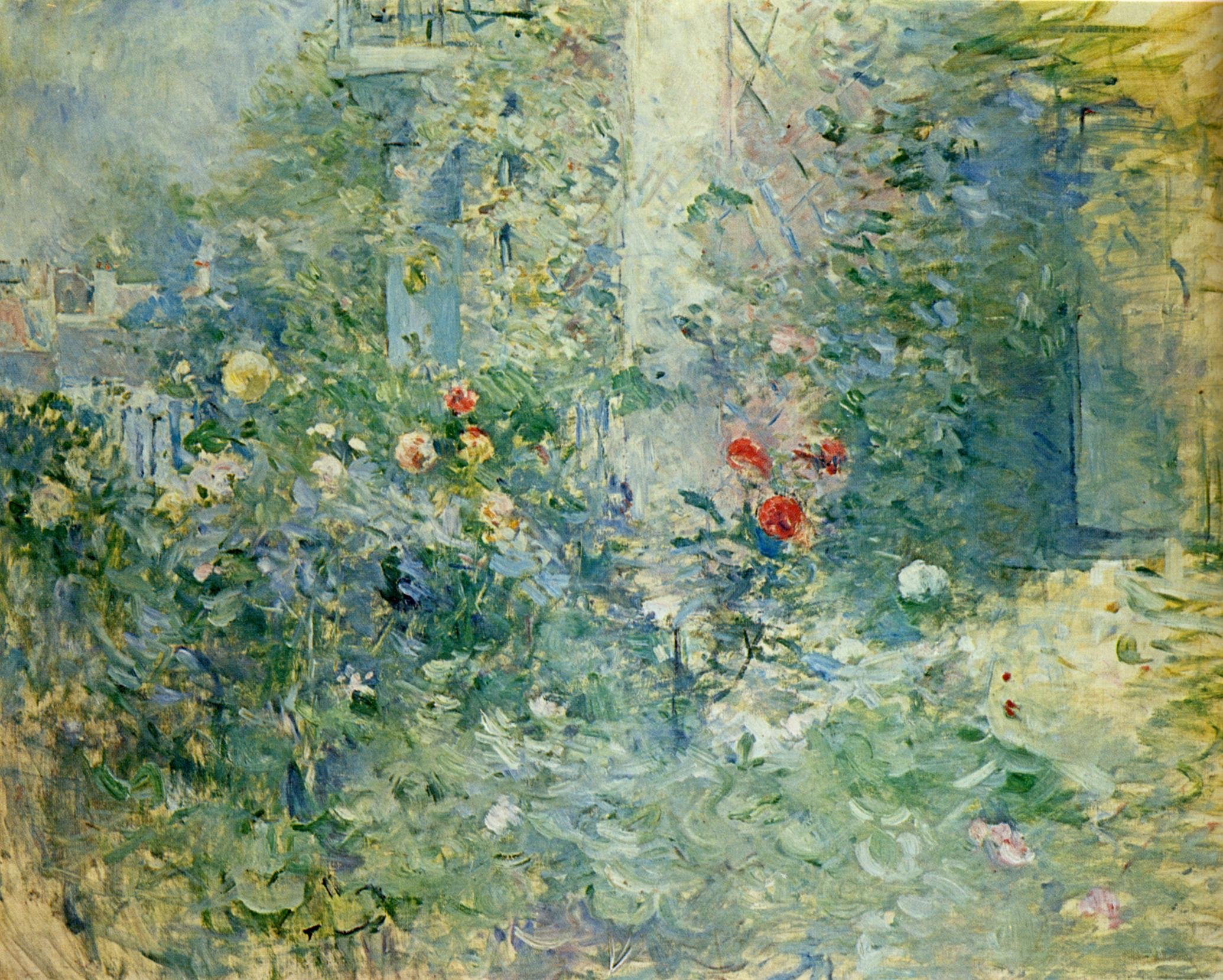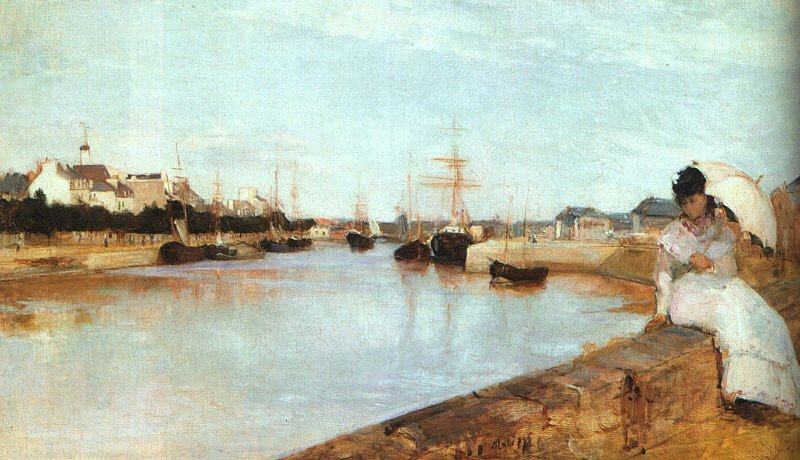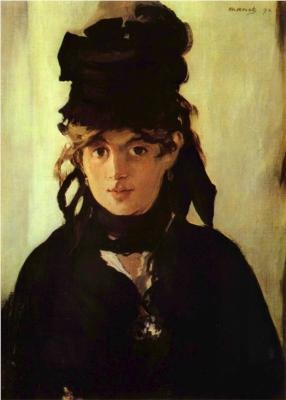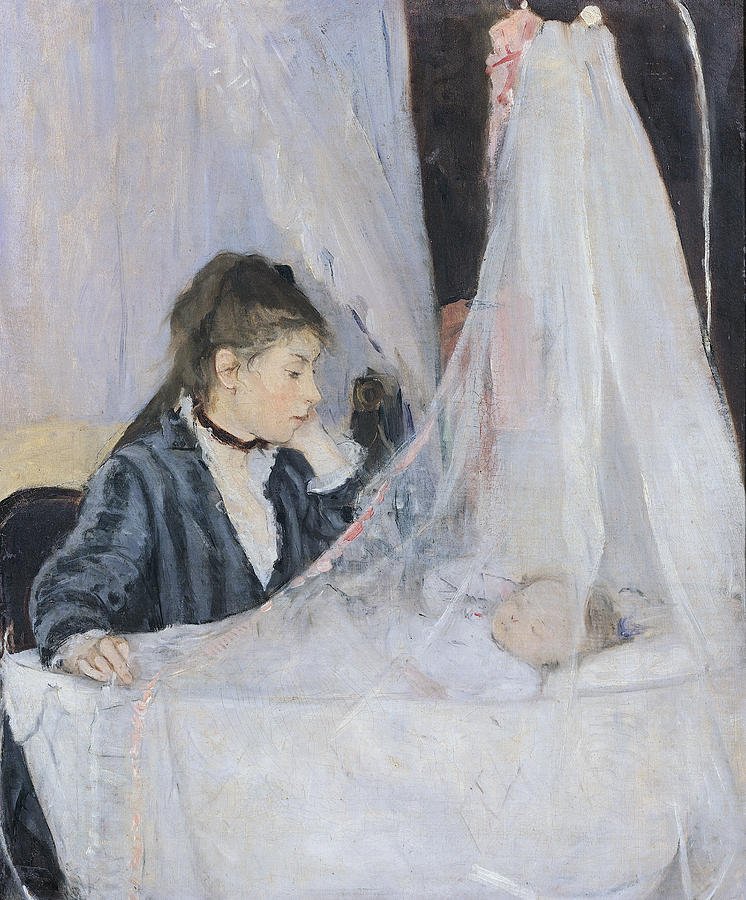NOTES TO THE CONDUCTOR
SALON MORISOT
Commissioned by Clarkston Schools Instrumental Music Association in recognition of Shelley Schwaderer Roland's many years of dedication to the Clarkston School Music Program and the University of Wisconsin (Eau Claire), Director of Bands, Dr. John Stewart. Grade 2 - three movements. Available as a full suite or as separate movements.
MATERIALS
Movement I. Majesty
Grade 2
2 min, 30 sec
The first movement ‘Majesty’ is inspired by the artwork ‘The Harbor at Lorient’, painted in 1869. The artwork beautifully captures the reflective nature of water and features a lone female figure observing the grandeur of the tall ships. The woman is her sister Edma, who had recently married and moved away from the family home. The sisters were both avid painters and consequently were very close. They found their separation very difficult. Hence in this movement, I have attempted to capture not only the majesty of the ships, but the profound sense of loss as displayed by the sole woman sitting on the wall.
scroll down to purchase the full suite
Movement II. Devotion
Grade 2
3 min, 25 sec
In 1873 Morisot painted ‘The Cradle’, again representing her sister Edma with a newborn infant. The baby is Edma’s little girl Blanche, Berthe’s niece. Again, the painting represents tension. This can be found in Edma’s expression and how she holds her fingers in her right hand. The juxtaposition of the light background behind her sister and the dark background surrounding the bassinet may also suggest the inner battle both sisters contended regarding societal expectations and their artistic pursuits. In this movement I have attempted to capture the thoughts of Edma Morisot at this time – joy, apprehension, hope and pure love whilst also capturing Berthe’s anxieties regarding marriage.
scroll down to purchase the full suite
Movement III. Enchantment
Grade 2
3 min
The third movement brings about a release from the tension. ‘The Garden at Bougival’ represents the changes that occurred in Berthe’s life in the decade following ‘The Cradle’. She married Eugene Manet, Édouard’s younger brother, in late 1874. Eugene was himself a painter but gave up his pursuits to support Berthe, thus relieving her inner struggle. The Manet’s expanded their family in 1878 with the birth of a baby girl, Julie. From 1881-1884 the Manet’s predominantly lived in Bougival. They were very happy there and thus the music in ‘Enchantment’ is strikingly different, representing not only the whimsical change in painting style but also Berthe’s newfound love brought about by marriage and motherhood.
scroll down to purchase the full suite




